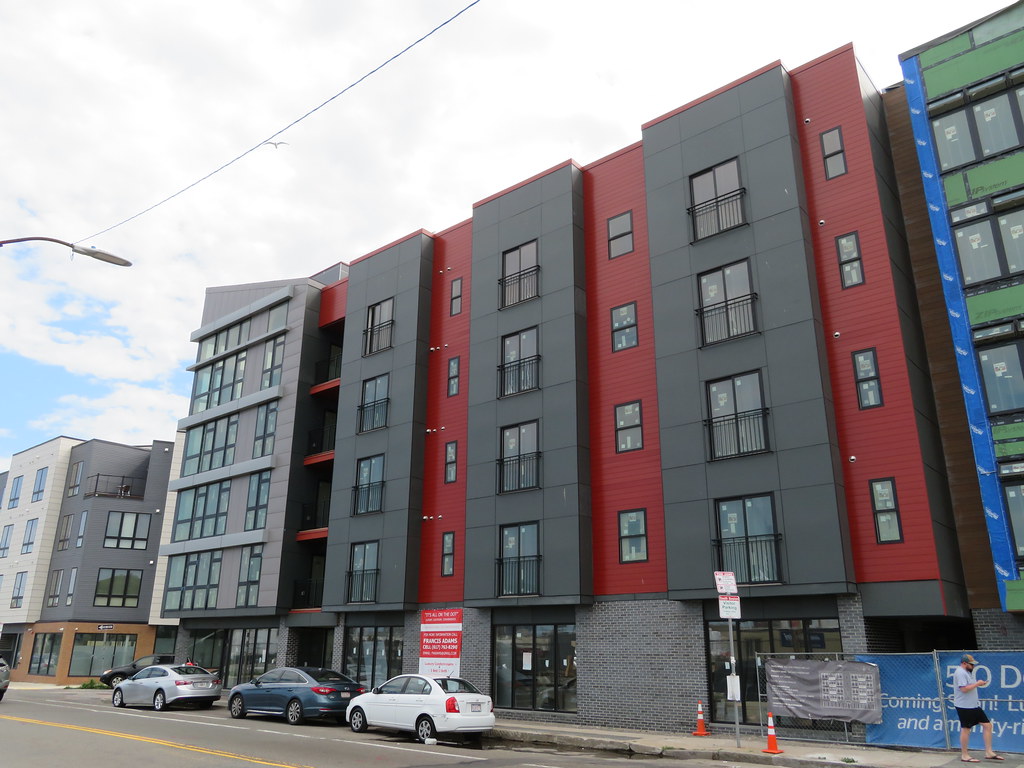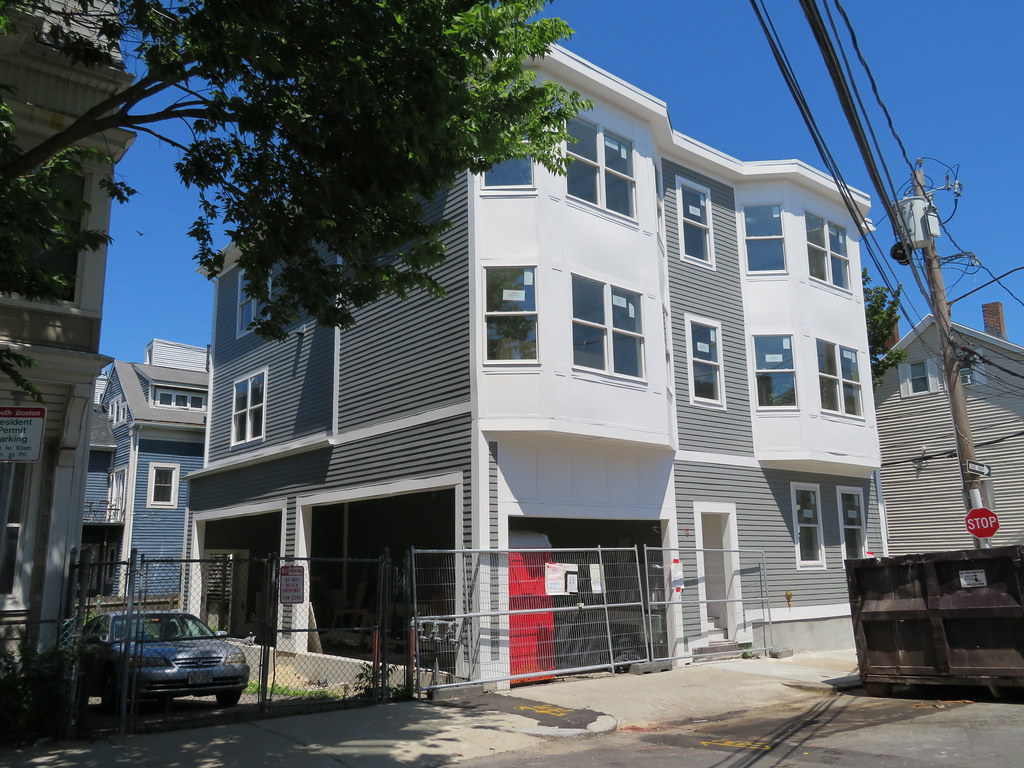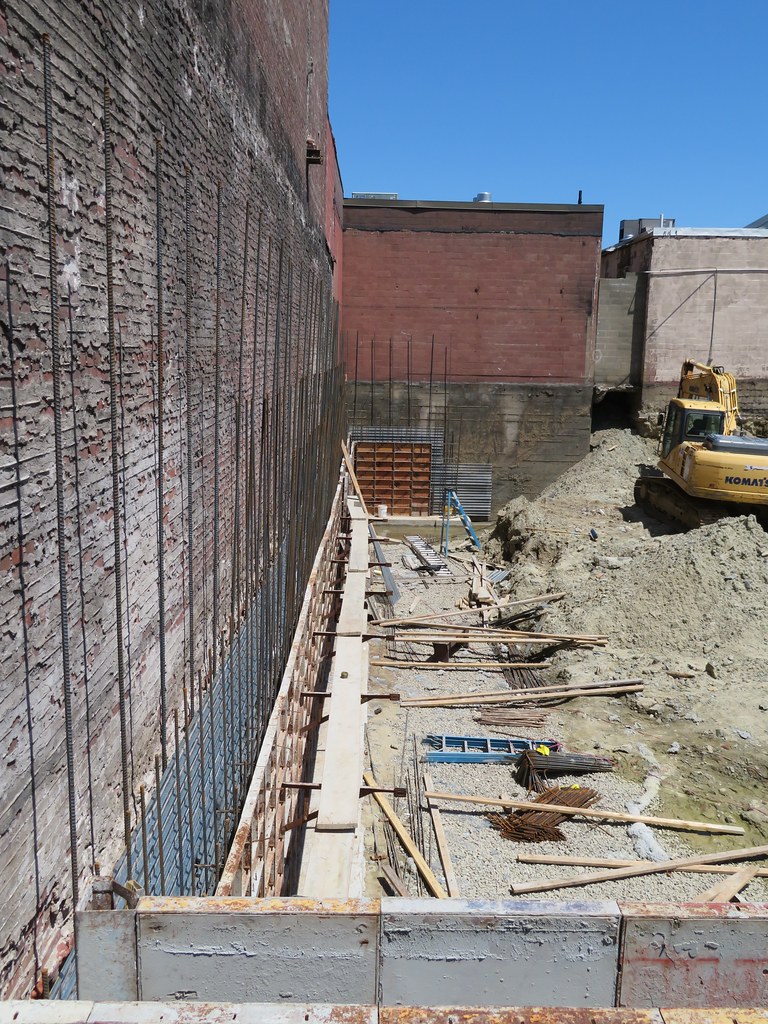stellarfun
Senior Member
- Joined
- Dec 28, 2006
- Messages
- 5,711
- Reaction score
- 1,544
The shadows cast by Pruitt Igoe and its brethren are indeed long and persistent. Pruitt Igoe, with nearly 3,000 apartments, lasted less than two decades. Fully opened in 1956, demolished in 1972. In essence, this high density housing for families who had no financial stake in the buildings they were renting was nothing more than a warehousing of people.
From a NY Times asrticle on Cabrini Gree, a project similar to Pruitt Igoe.
From a NY Times asrticle on Cabrini Gree, a project similar to Pruitt Igoe.
https://www.nytimes.com/2018/02/06/...-with-them-the-promise-of-public-housing.html.... In 1990, Chicago’s population started to tick up for the first time in 40 years; the area surrounding Cabrini-Green added 4,000 white residents during the previous decade, and vacant lots that had sold for $30,000 a few years earlier were being snapped up for five times that amount. As the fortunes of cities changed once again, public housing experienced a new pressure. HUD began to award municipalities tens of millions of dollars in grants to tear down their public-housing high-rises and replace them with much smaller developments that mixed public-housing families with higher-income renters and market-rate owners. Proposals to preserve some of the towers, filling in the cleared land around them with a variety of housing types, were rejected. Many low-rise developments in rejuvenating areas were targeted as well. A majority of the relocated public-housing residents were given Section 8 vouchers to rent from landlords in the private market. Nationwide, 250,000 public-housing units have been demolished since the 1990s. Atlanta, Baltimore, Columbus, Memphis, New Orleans, Philadelphia, Tucson — just about every American city got in on the action. But no city knocked down as many as Chicago.
















































